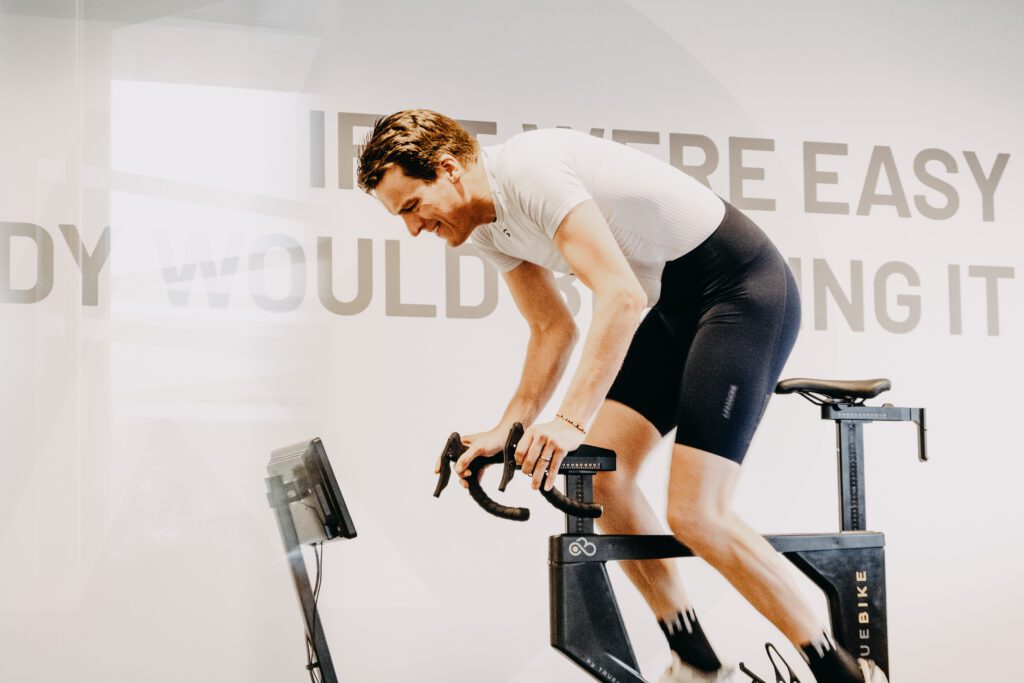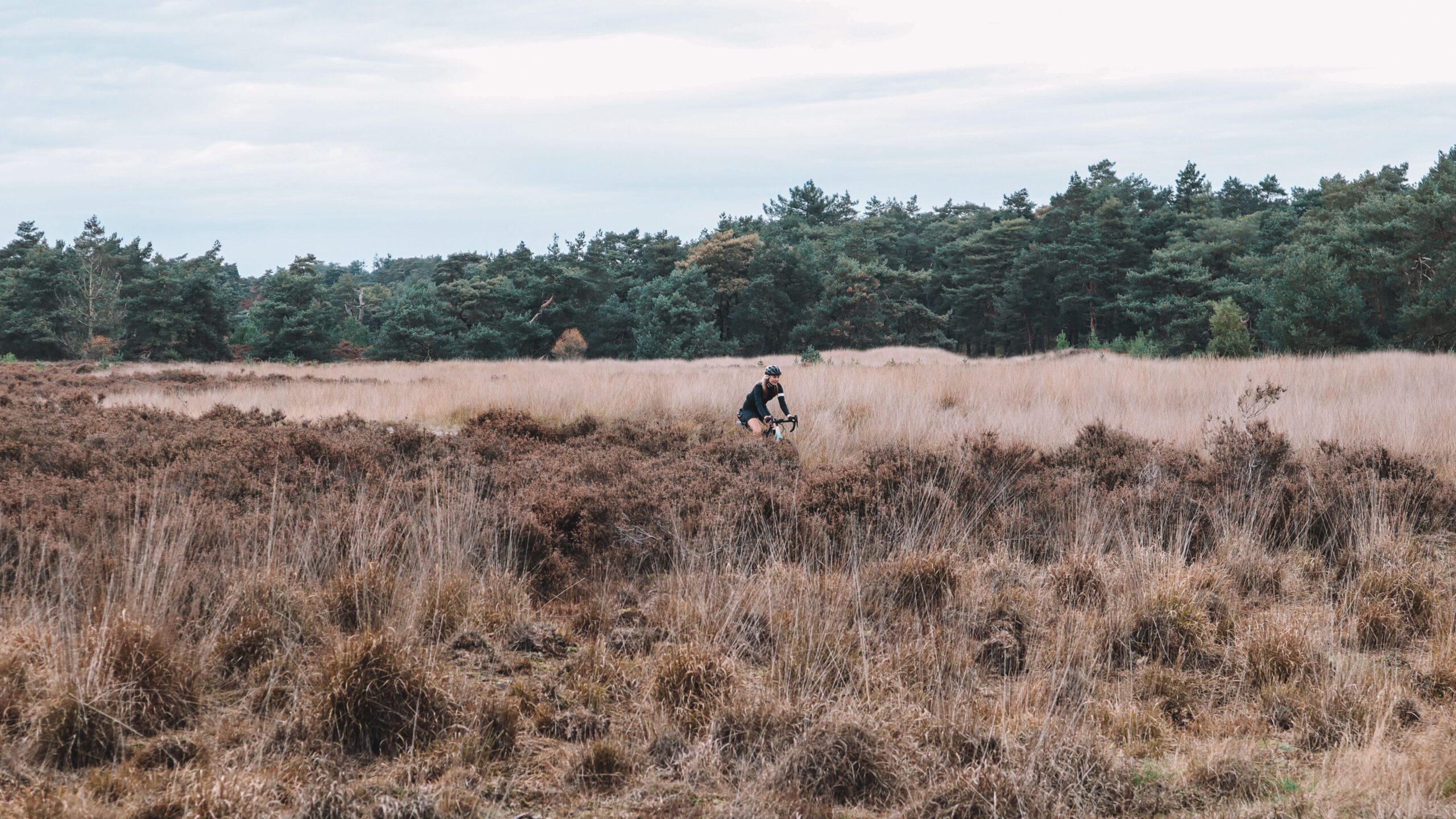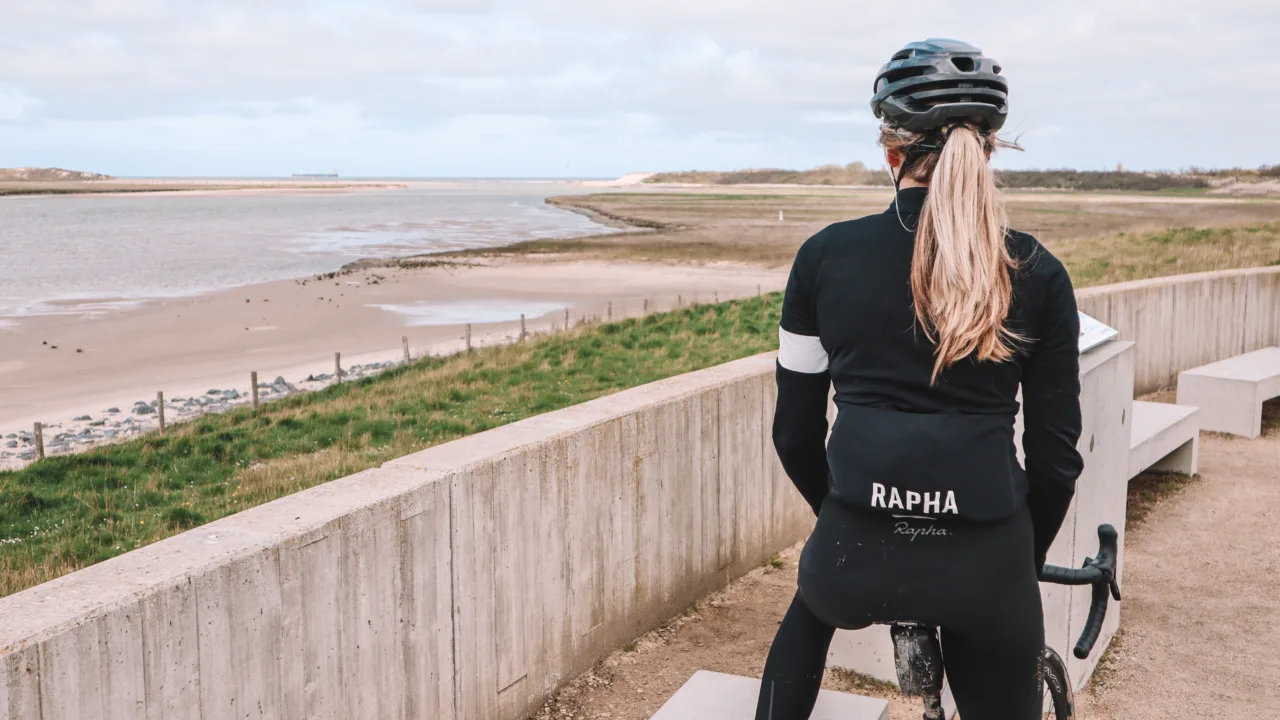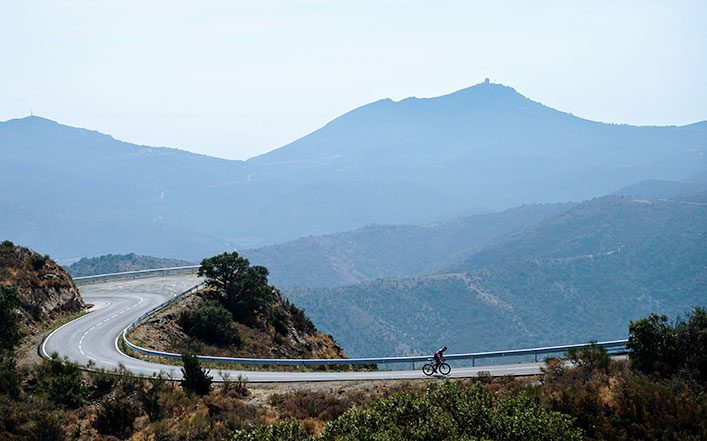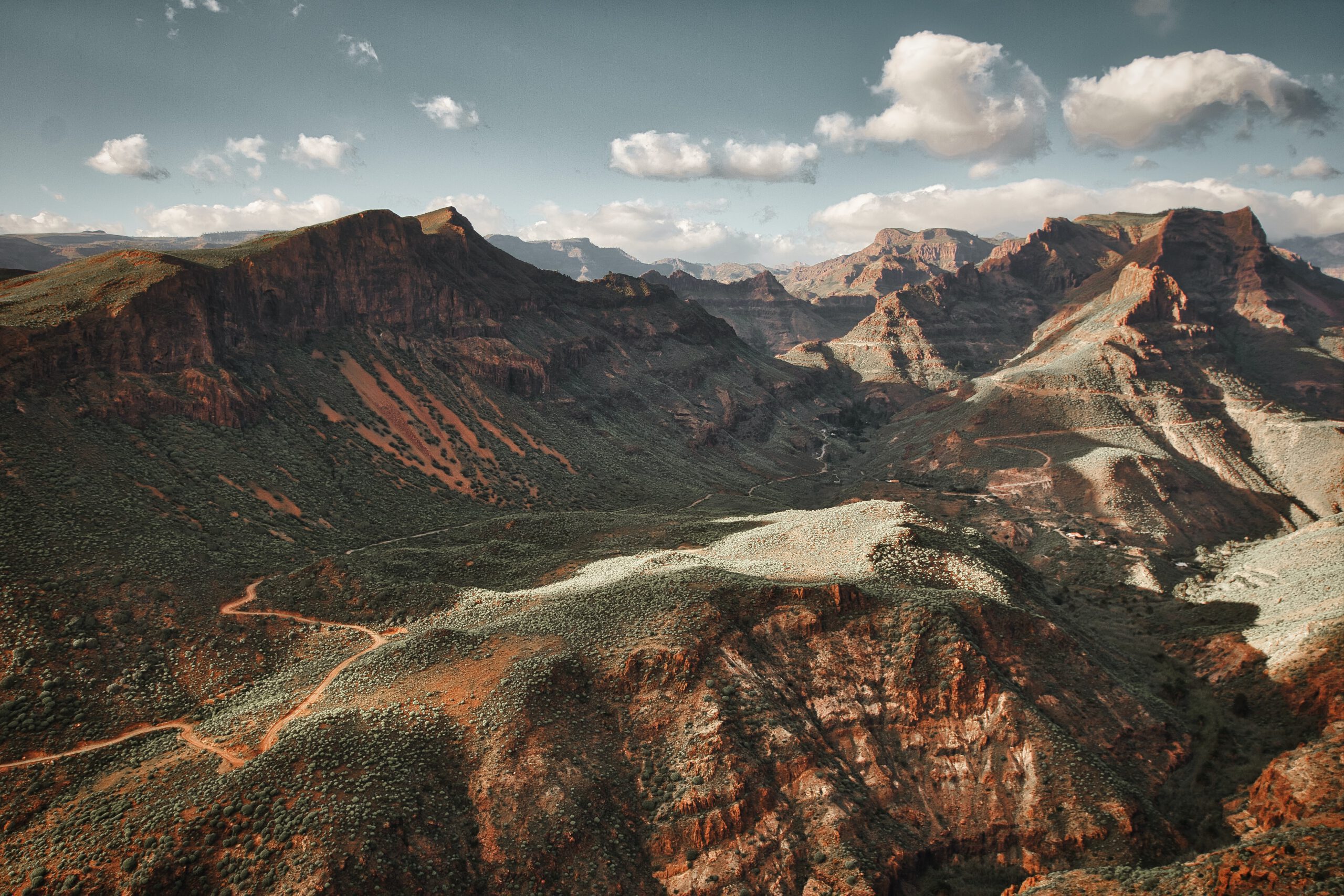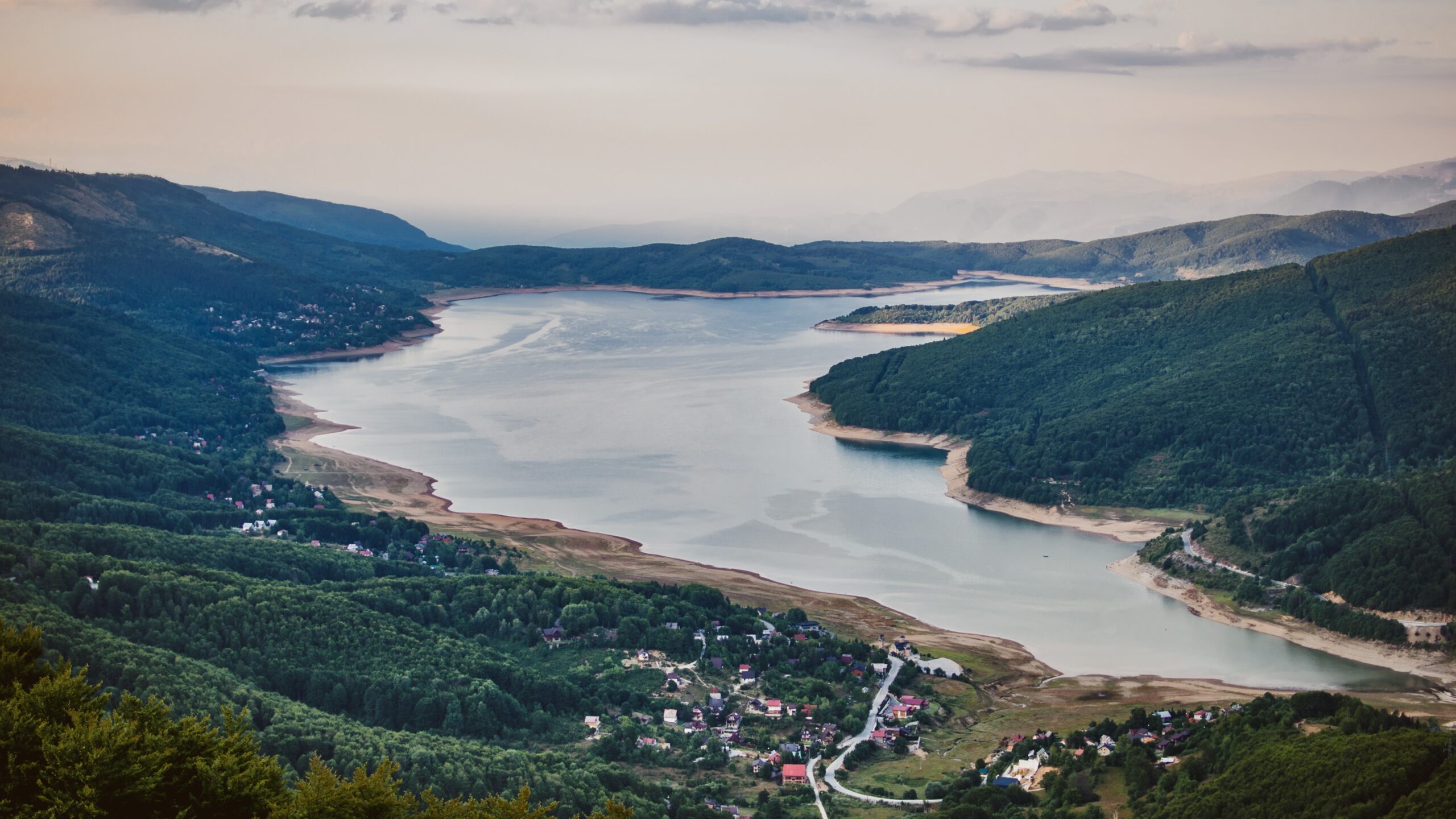You can go on cycling holidays all seasons. Cycling in winter, especially cycling in the snow really has something magical. But yes, it is also often very cold. Our bodies then have more trouble keeping themselves warm and then all kinds of problems lurk. So how do you make sure you can still enjoy cycling in winter or in cold conditions? We have listed a number of tips for cycling in winter and you guessed it: many are about proper clothing, but also about planning! Take advantage of them.
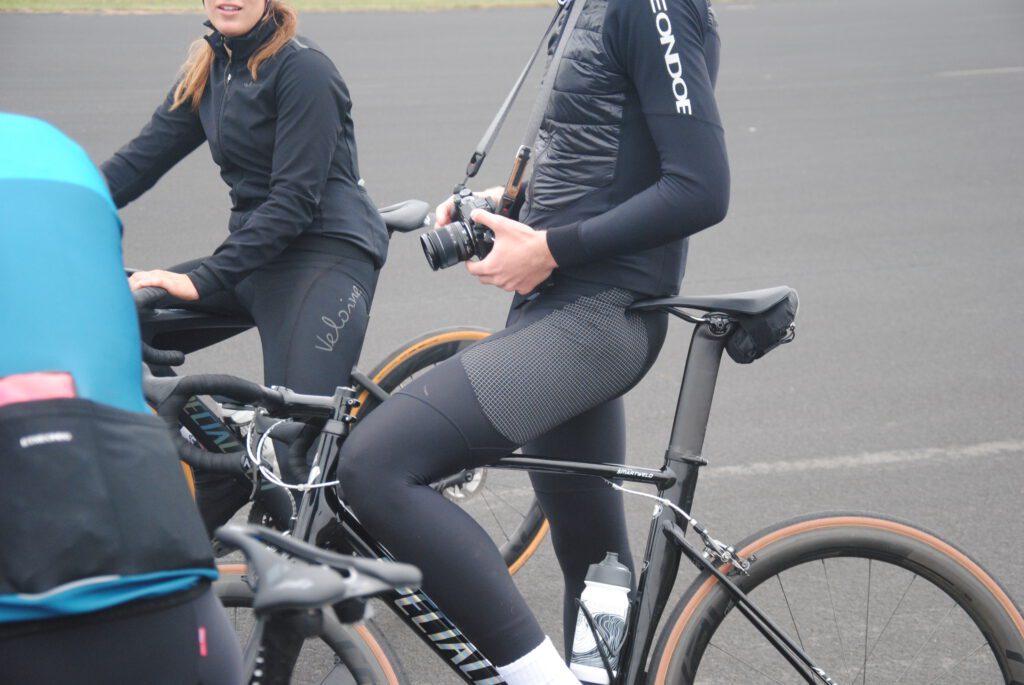
1. Food and drink
One of the most important things when cycling outdoors in winter weather is eating and drinking. Certainly drinking is often forgotten because, compared to a hot summer day, you are less thirsty. You also sweat less but still, drinking well is vital. Half a litre an hour is the benchmark, even in winter. In summer, that may quickly go to 750ml to a litre of fluid you need to replenish.
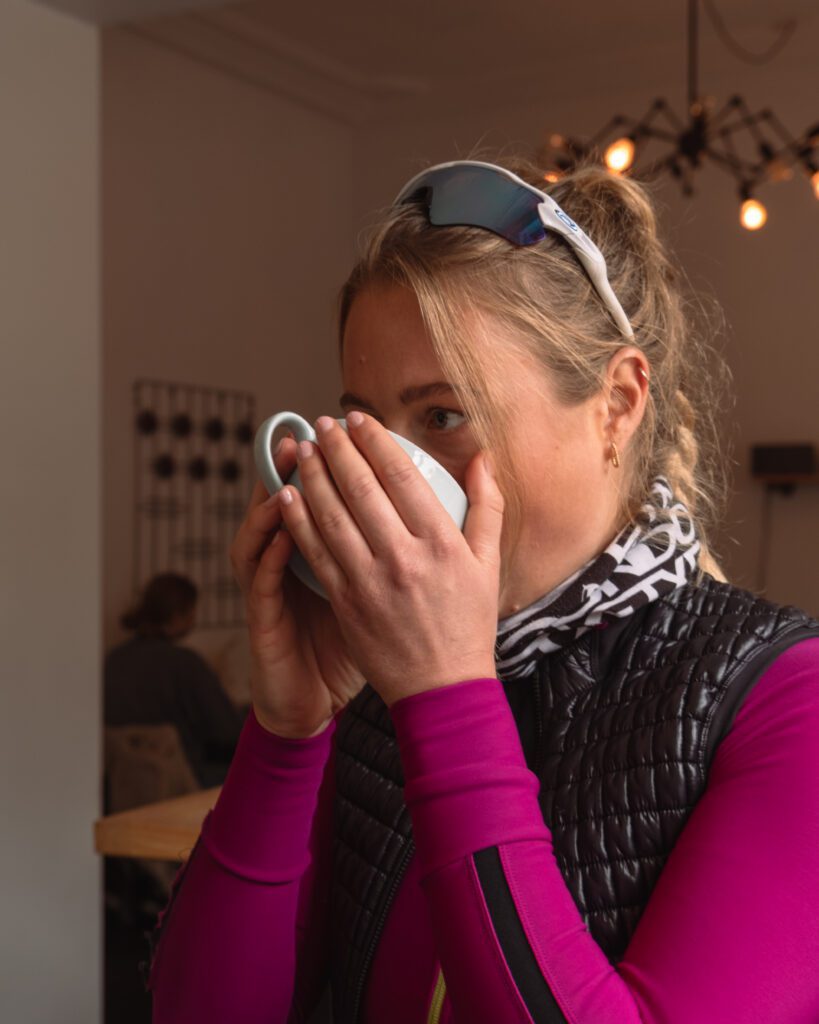
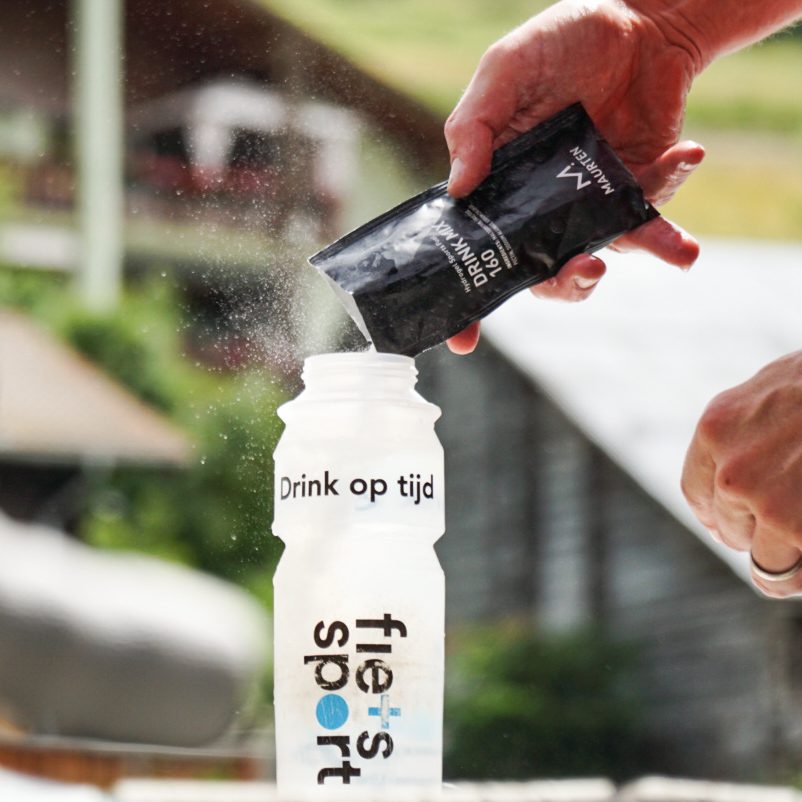
Another tip for cycling in winter: Food is key! Your body just keeps burning and if you don't replenish that, you'll have a problem on longer rides. But if it's really cold, your food can also become 'inedible'. Especially if you cycle in sub-zero temperatures. Think about that in advance too. You can opt for more liquid food, for example. Also try to eat enough beforehand when you train. Fuel in the bike ensures that the stove can be turned on properly!
2. Lighting
In winter, the sun shines for a lot less time and less often than in summer. Conditions are often grey/grey. Lighting is essential then, even during the day! Make sure you have a good lamp with which you can see, but also be seen. The terms Lumen and Lux are sometimes used interchangeably. A lamp with a high lumen number emits a lot of light. Then you are clearly visible. With a low LUX number, you can't see a thing. Compare it to a lighthouse and a searchlight. A lighthouse can see well: high lumen. A searchlight can see well: high lux. A front light of 60 lux could take you a nice step further. Then take a look at these options.
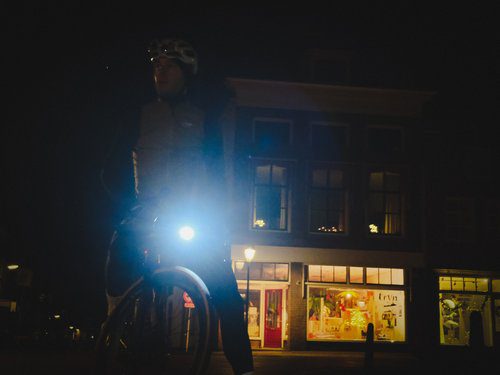
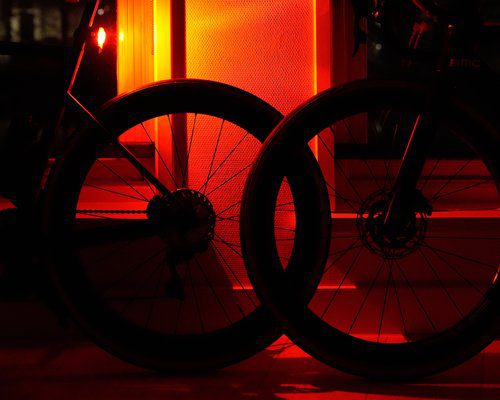
3. Clothing
We announced it, but clothing is very important at a time like this. Once the cold is in your body, it is hard to get warm again. Then only a long stop at the warm stove helps. Then to climb back on the bike again... We work from top to bottom.
- Head: estimates range from 10 to 30% of body heat leaving your body through your head. A cap, a buff Or a simple skull cap, such as this help keep the heat in. The advantage of a skull cap or a buff is that you also keep your ears nice and warm. Especially in very cold weather and a cutting wind, this is no luxury
- Body - Jack: layers, layers, layers. Air between clothing keeps you warm. Get a good winter jacket such as Etxeondo's Arri. Then you really will never be cold again! It is important that a jacket insulates well, but also breathes well. At the end of the day, if you can't get rid of body moisture, everything gets wet. Then you quickly get cold again.
- Body - underwear: if it's really cold, you can wear a regular summer shirt under your jacket for an extra layer. In any case, also wear a good thermal shirt, such as this, the Iluna.
- Body - vest: if you're really chilly, you can also wear an extra vest or a body to keep out cutting wind, for example. Choose one that you can easily tuck away in one of your pockets. Then, if you suddenly get really cold, a vest will help. Like this waistcoat
- Lower body: the woollen pants are really passé because nowadays there are nice, long, warm winter trousers on sale. The cycling trousers Orhi keep you warm in temperatures ranging from -2 to +14. Great right?
- Hands: gloves are always a thing. Most woollen gloves are wonderfully warm, but then when you get a shower on your head, they turn into moving fridges. With dire consequences. Then again, most ski gloves are very warm, waterproof but breathe poorly. The Etxeondo Gare will help you from -5 to +10.
- Feet: socks and overshoes. Good socks are important for warm feet. Sounds logical, yet many will 'just' put on summer socks, only to find out that they are a bit on the chilly side. Good, thicker winter socks offer more warmth. Then add a pair of good overshoes at and you can happily rack up miles
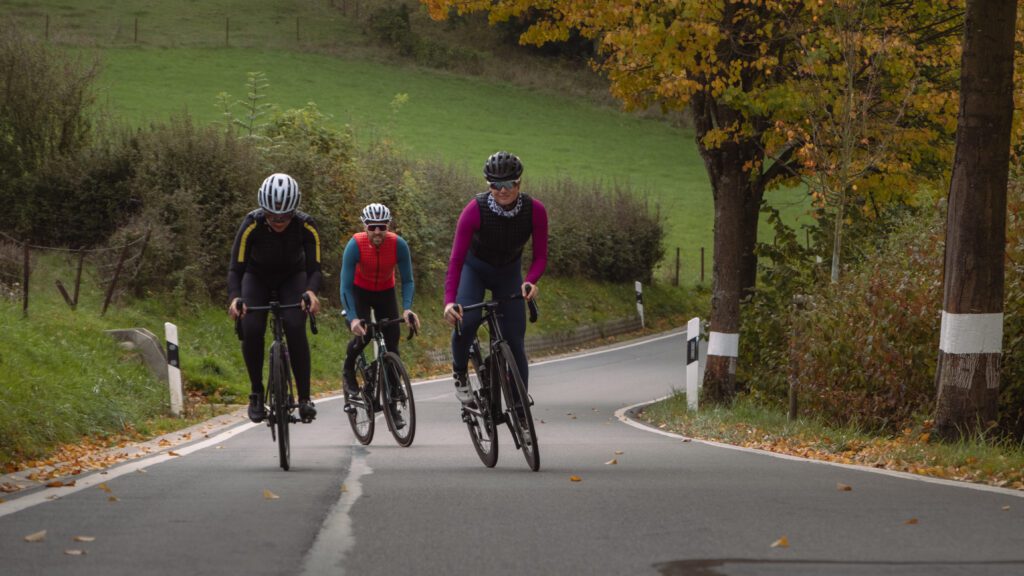
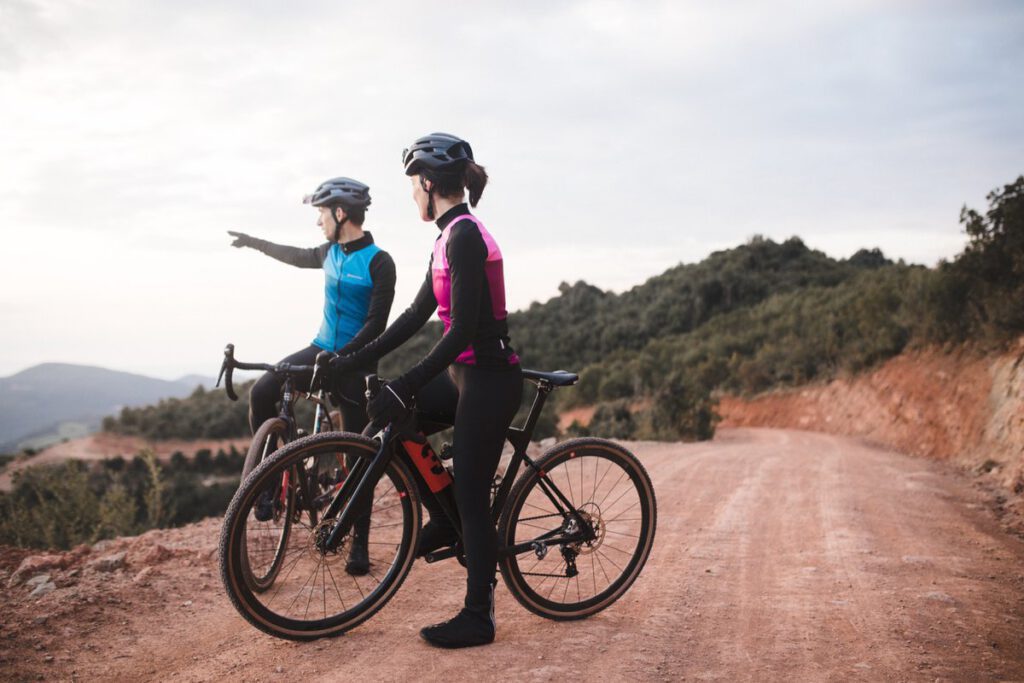
4. Preparation
If it is really cold then it is useful to plan the route in advance. Of course, there are plenty of adventurers who say: route planning will come later and it's just fun to get lost once. We can't argue that! Still, mapping out a route with possible stops along the way is handy. Also in connection with the weather. Always check the weather and see if it has been freezing. There is always a lot of gritting in the city and cycle paths are usually safe too. But if you go quietly along country roads and back paths, black ice will be your worst enemy. So always check the weather in combination with the route. Komoot also has an on-tour weather report in the premium version. Super handy.

5. Bike
The bike has a lot to endure in winter. On the road, you suffer from black ice, road salt, moisture and dirt. On the gravel bike the same, but especially the dirt. Good preparation is therefore important. Here are some additional tips
- Mudguard. A buttock protector or a simple mudguard will already help keep the dirt a bit contained. It not only protects your derriere but also the bike. They come in many shapes and sizes and are often easy to attach
- Maintenance: make sure you ALWAYS clean your bike after a winter ride. Rinse, clean, dry, grease. Dirt gets everywhere, so if you don't clean it properly, the parts will wear out much faster than normal. On the one hand, that's not nice for the wallet, but it also makes your ride less enjoyable.
- So it helps to take your bike apart an extra time (or have it taken apart). A lot of dirt gets into the moving parts. Your local bicycle mechanic can surely help you.
6. Life hacks
Ok, here it comes. If you're a real cold weather fan, this is the best lifehack ever. The heat pads that you can tuck into your gloves or shoes. I-de-aal. Such a heat pack gives off heat for a longer time, you basically don't need to wear overshoes and when the stuff wears off, you're usually back home!
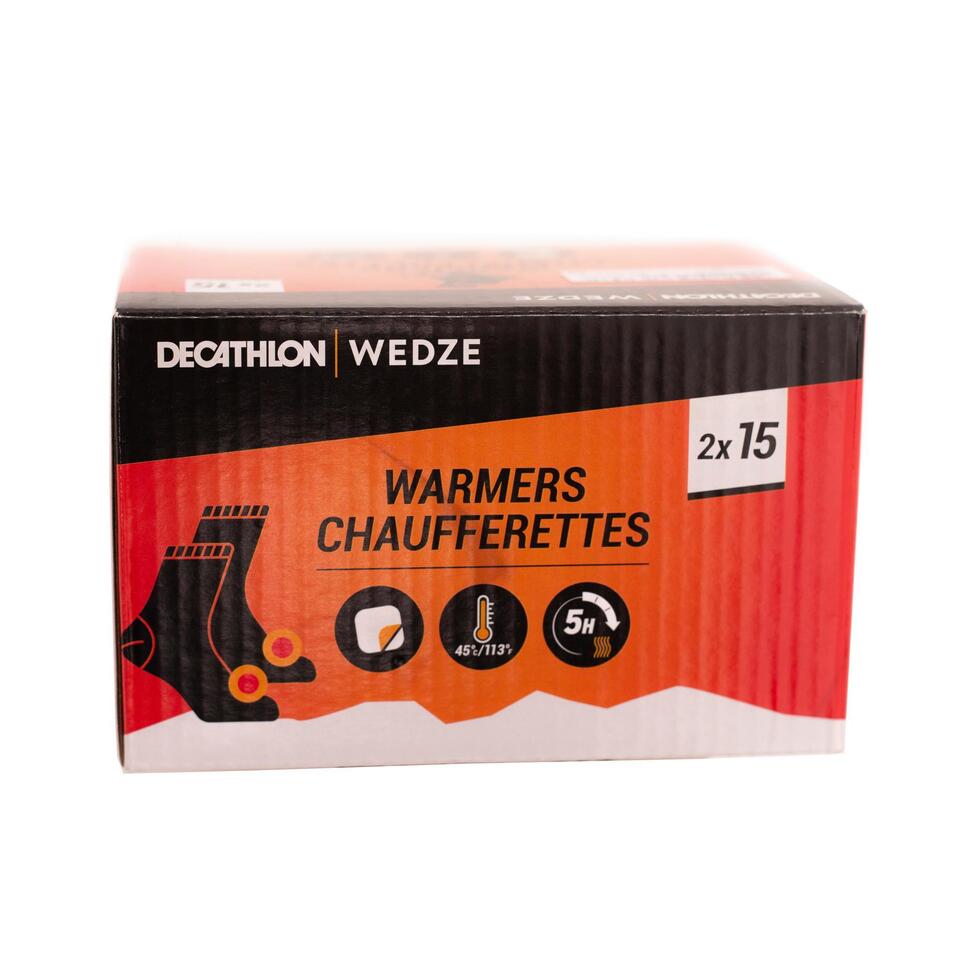

7. Training indoors
Is it really doggy weather? Then just stay indoors! Nothing stops you from training indoors too. These days, there are so many ways to make indoor training fun too. You can cycle virtually in the world of Zwift, but also on real roads with Bkool, Rouvy, FulGaz and RGT. Then, if you want to go for the most real-world cycling experience, hop on the TrueBike from Truekinetix. You're not going to get much closer to road cycling, as there are years of development in creating the ultimate indoor cycling experience.

